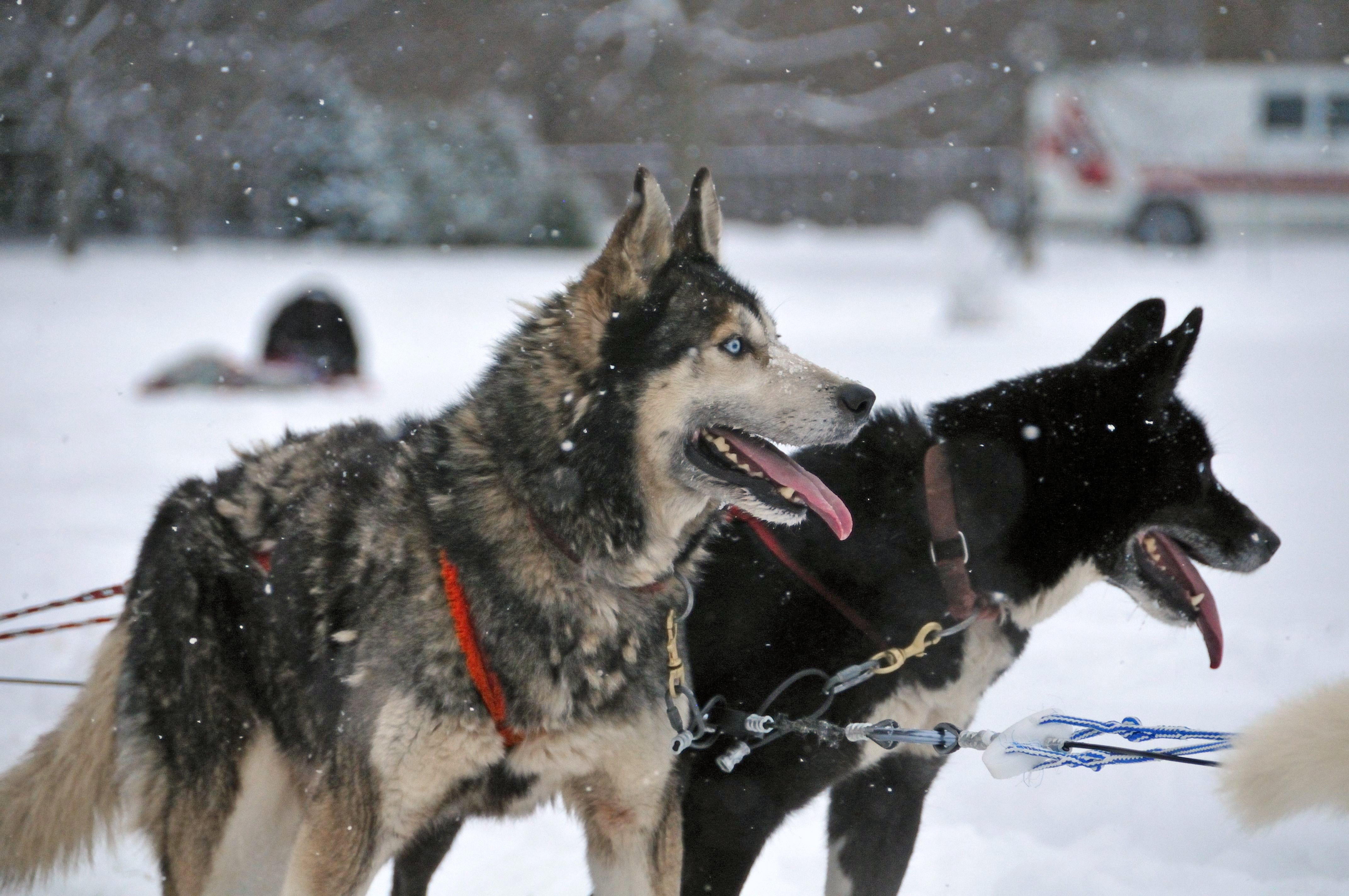
The Good Companion's Guide To Dog Walking
Most vets would advise that your average dog should be walked at least once a day, preferably two or three times a day. Walking your dog not only provides physical exercise (for you as well) but is also great for your dog's psychological well being. Sniffing is definitely an integral part of the process and allows your dog to "take in" the wider environment. You can look upon it as another form of mental stimulation which ultimately results in a healthier dog.
So here are some useful tips and pointers for all you canine lovers out there.
1) Leaving and entering home, with your dog - Particularly early on in a dog's life, it is important to establish that you, the owner, is pack leader. Be sure you are the first through the door, whether entering or leaving a building. Your dog should be next to or behind you, as an obedient, subservient member of the pack. If your dog barks or gets over excited when preparing to go on a walk, simply turn away from them and ignore them for a couple of minutes. When they are settled, start the process again and repeat until you can leave the house in a calm manner.
2) You are the pack leader - Bare this in mind. Your dog looks to you for leadership, comfort and companionship. You can be a friend but always remember, you are master and must "lead" by example.
3) Always pick up waste - Dog waste can harbor millions of bacteria than can be harmful to humans and dogs alike. Some viruses and bacteria can exist away from a host for for days or even weeks. Dog fouling has been quoted as a major contributing factor to the bacterial content of ground water. Always pick up your dog's waste and dispose of it in a sanitary manner.
4) Keep your dog hydrated - For various reasons, many dogs find physical regulation of body temperature difficult. Panting is one of the methods a dog uses to remain cool. This works through the cooling effects of evaporation, which requires water. A dry tongue and nose can be an indicator of dehydration. This can be particularly dangerous in hot weather so please watch out.
5) ID - Many dogs which become separated from their owners are reunited with them thanks to the widely deployed system of tagging. Most vets will be able to implant a sub cutaneous electronic chip which stores all relevant information including name, address and telephone number of owner as well as details relating to the dog.
6) Treats - The ultimate in doggy control technology. Great for providing the dog with all sorts of motivation (whether motivating towards good behavior or as reward for completing tasks). Even on walks, it can be helpful to have a few juicy morsels lying around.
7) Hot pavements - This can be a real cause of problems for many dogs. Starting at around 25oC, pavements can become extremely hot to the touch (this goes for sand, soil, stone etc). You can test the temperature using your palm. If you can tolerate the heat for more than 20 seconds, it is probably cool enough for your dog to walk on comfortably. Hot pavements can cause serious injury to a dog's pads.
8) Approaching other dogs - A dog may initially look friendly but you don't actually know this until you get to know the dog better (as well as their owner). Therefore, you should always ask before approaching a dog. If the owner is OK with it, you can proceed but remain cautious.
9) Be vigilant and remain visible - For yours and your dog's safety, wearing high visibility clothing, particularly if it's dark, really makes sense.
10) Pulling on leash - This is undoubtedly a bad habit for your dog to get into. As mentioned above, your dog should be walking beside or behind you, not in front of you. Some types of dog collar may actually exacerbate the problem as the dog begins to associate pulling or being pulled with a normal walk.
11) Dog attack - Badly socialised or feral dogs can be a problem for you and your dog. Unprovoked attacks can and do happen. There are many myths about dealing with such attacks, which we now hope to dispel. First - avoid direct eye contact, as this can be perceived a sign of aggression. Move slowly, dogs are hunters and track movement. In moving slowly or coming to stand still, the dog may become disinterested. If this does not seem to work, in a loud commanding voice, tell them "NO!". The tone and volume are important factors here. Again, this may be sufficient to discourage the dog from further attack. If this fails, then you must move on to physically defending yourself. Keep you hands balled up into fists as this makes it harder for the dog to bite off a digit (a serious concern for bigger dogs). Protect your neck, face and head at all times as these are the areas of the body that are most vulnerable to dog bites (and the groin). If a dog tries to bite you, keep it at bay with punches and kicks or a ranged weapon such as a club, branch, metal pole etc. A few blows to the face may be enough to discourage further attack. If the dog persists, remember, the most dangerous part of the animal is its teeth. Keep away from the teeth at all costs. Try getting the animal in a head lock and then pinning it to the ground with all your might. You may be able to exhaust or discourage the animal in this way. Shouting for help may be a good idea. Ultimately, dogs are not good at wrestling so pinning them to the ground with your body weight should be enough. If not, try and choke them out until they lose consciousness. Obviously, choking out an animal is not a situation any of us would want to be in!
A final measure (for example if the dog has "locked" it jaws onto a target), it may be necessary to insert a hard, metal object into their mouths an begin to pry their teeth apart. Most dogs will release at this point, before any serious damage occurs. However, be careful as the dog releases. It may try for another lock.
Urban myth dispelled - It does not follow that putting a finger in a dog's anus will make the dog release its jaw lock. It may infuriate the dog further causing more aggression.
Disclaimer - Bushgear takes no responsibility in the correct or incorrect use of any information provided in this article or blog. Information is for educational purposes only. We merely write as concerned dog owners.
If you have a four legged friend, this guide may be for you. Have fun!
The Bushgear Team
Photo: M. Rehemtulla, CC BY 2.0 <https://creativecommons.org/licenses/by/2.0>, via Wikimedia Commons


